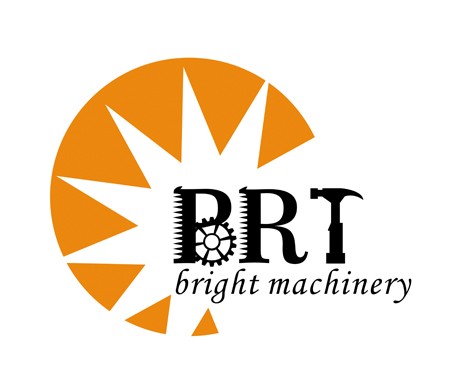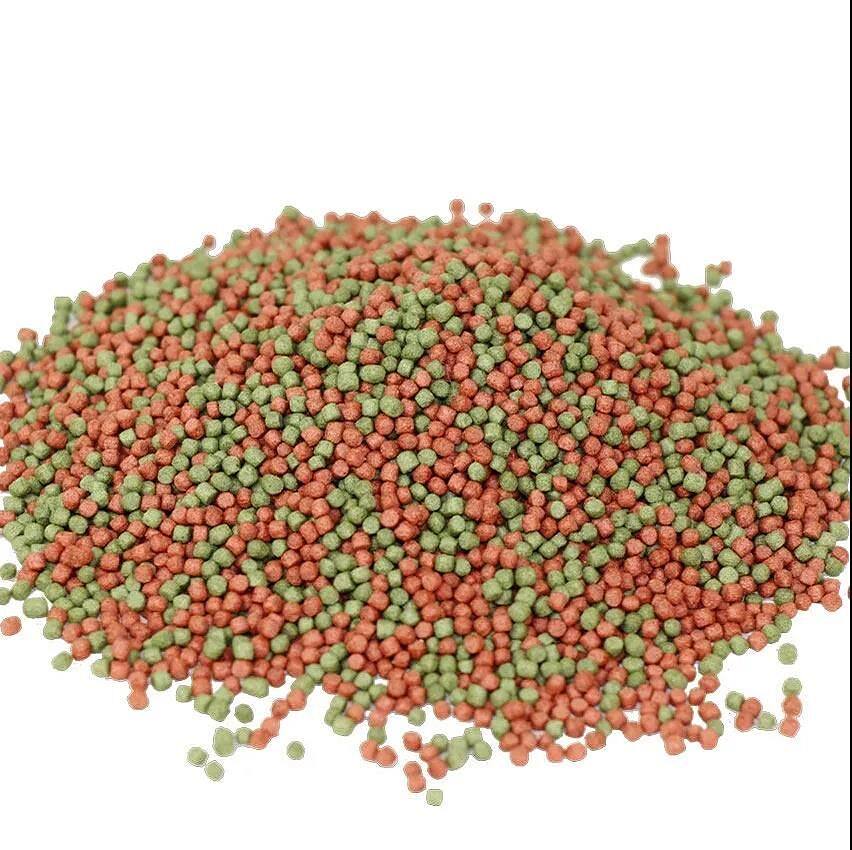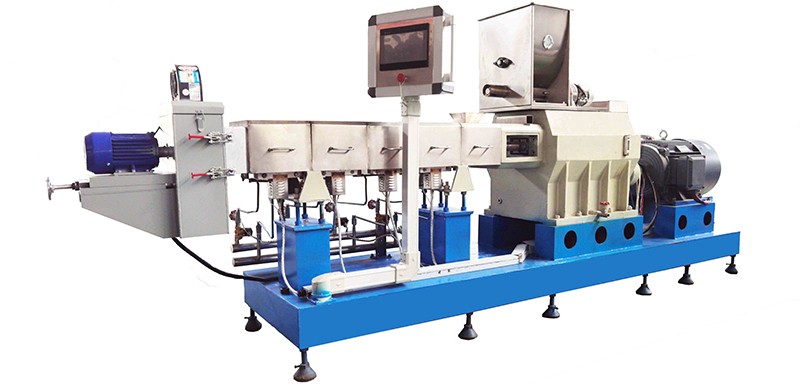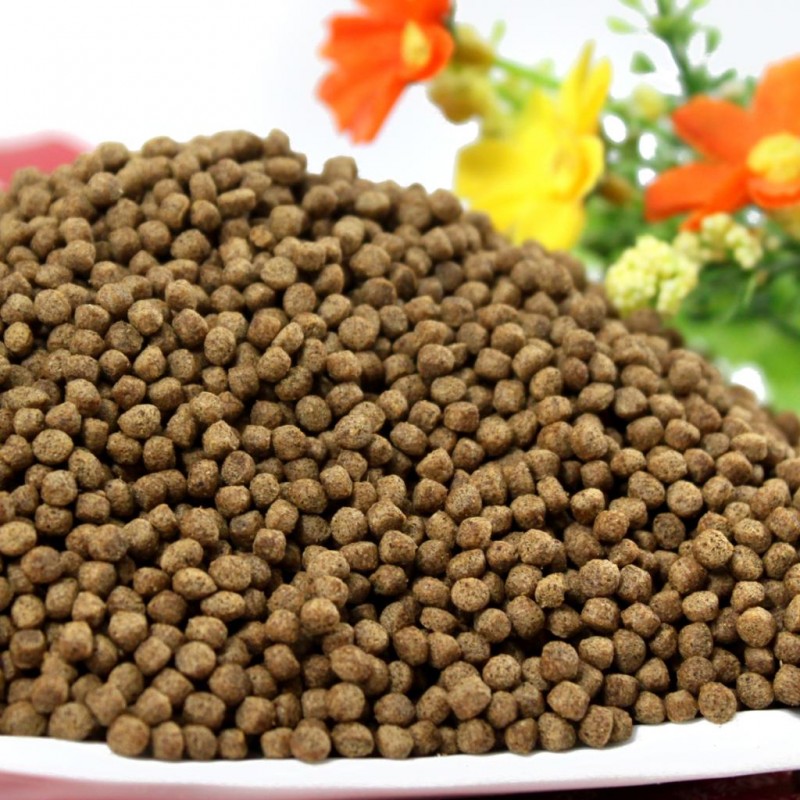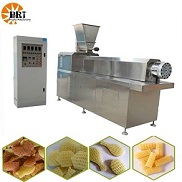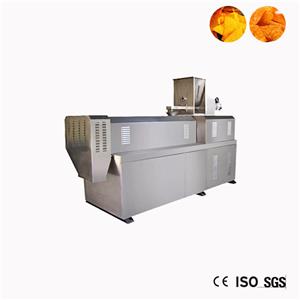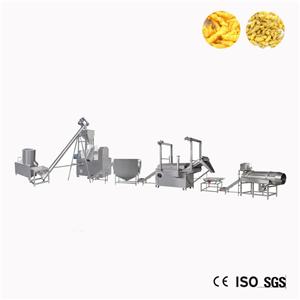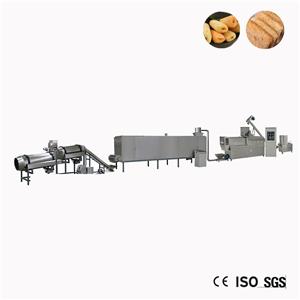Processing technology of small pellet fish feed
Processing technology of small pellet fish feed
At present, aquatic expander has been popularized in the field of aquatic feed. As a green feed product with high feed intake rate, high conversion rate and more environmental protection requirements, expanded aquatic feed has been more and more accepted by the market. With the further improvement of expansion technology, many manufacturers have changed the original processing technology of hard granular aquatic feed broken by granulator to directly use extruder to produce small granular aquatic feed. The molds for producing small granular aquatic feed are generally 2.0mm, 1.5mm and 1.0mm, and even the particles required by some manufacturers are smaller, which is called "micro granular" expanded feed.
1. Equipment and requirements before expansion section
The fineness of raw materials before expansion is not only related to crushing equipment, but also related to screening equipment, that is, the fineness of final raw materials is jointly guaranteed by crushing equipment and screening equipment.
Firstly, the selection and control of crushing equipment is the key of the whole process design. The grinding fineness of raw materials is required to reach 80 mesh. At present, a vertical ultra-fine crusher is generally selected, but the current hammer crusher can not meet the requirements. Moreover, the raw materials are required to reach such fineness, and there is also a strict control requirement for the ultra-fine pulverizer.

Therefore, a good screening equipment needs to be set in the process before the expansion section. At present, it is a good practice to configure a high square screen after the crushing equipment, and screen the materials once again when they reach the warehouse to be expanded, so as to prevent impurities in the process from mixing into the materials.
2. Requirements for raw material formula
For the raw materials containing starch in the formula, flour is better. Different starch containing raw materials were used to process small particles with a mold of 1.0mm. When other raw materials remain unchanged, the formula of starch containing raw materials is to add 26% corn, wheat and flour respectively. Such different formulas are produced by single screw extruder. On the premise of consistent processing parameters, the effect of using wheat, corn and flour as starch raw materials on expansion is obtained. It is found that the floating rates of corn and wheat are not as good as wheat. The floating rate of flour can reach more than 98%, while that of corn is only about 80%. At the same time, it was found that when processing corn as starch raw material, more fiber paste was on the blade, resulting in uneven incision and easy to roughen the particle surface.

3. Requirements for fineness of raw materials before expansion
The processing of small particle expanded aquatic feed has extremely strict requirements for the crushing fineness of raw materials. Theoretically, when the crushing fineness of raw materials reaches 100% and passes the 60 mesh screen, it can ensure the normal production of the extruder with mold hole of 1.0mm. However, practice has proved that when such a crushing fineness is produced, after the extruder runs for a period of time, the die hole begins to block, the expansion coefficient of particles will gradually increase, and the expanded particles will grow at the same time. When more die holes are blocked and the rotating speed of the cutter reaches the limit and the length of expanded particles cannot meet the requirements, the final choice is to shut down and clean the die.
In addition, special attention should be paid to the fact that when producing small particle expanded feed, if the formula contains cashmere, wool, skin, cotton raw materials and other special fiber raw materials that are not easy to meet the crushing requirements, it will bring a lot of unnecessary trouble to the production and even fail to produce normally. Although these plush and fiber raw materials have been screened, even if they can be screened, it is inevitable that plush and fiber will still gather, causing mold blockage or sticking to the cutter, affecting the normal production.
